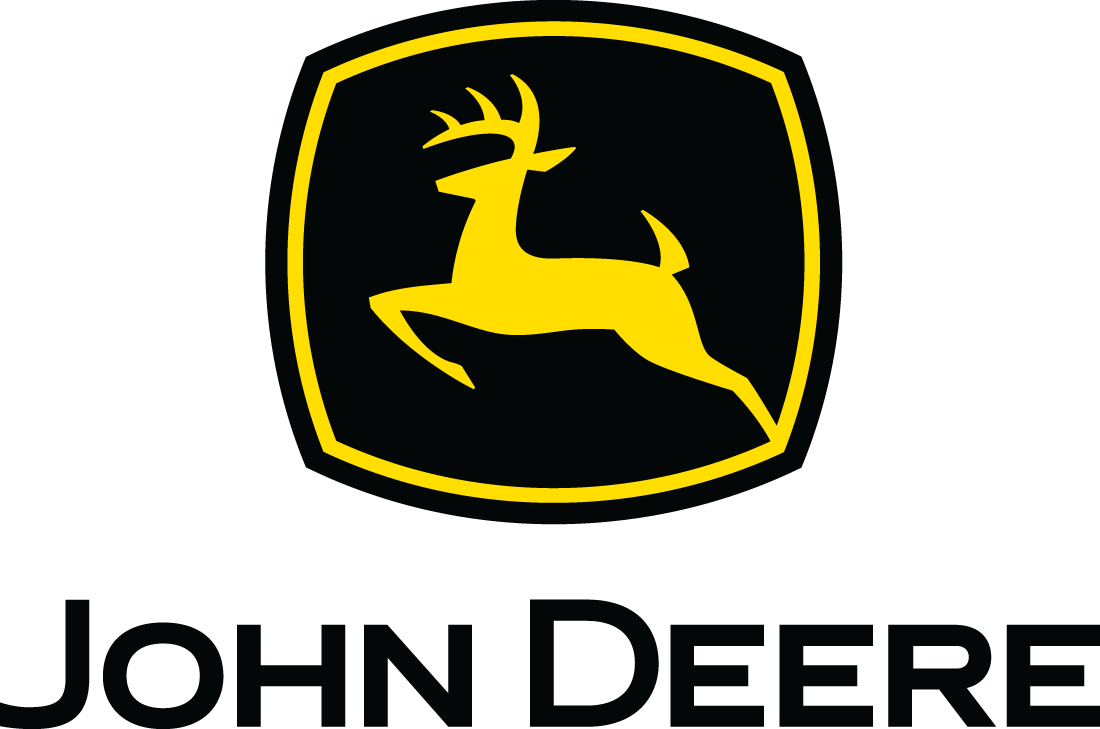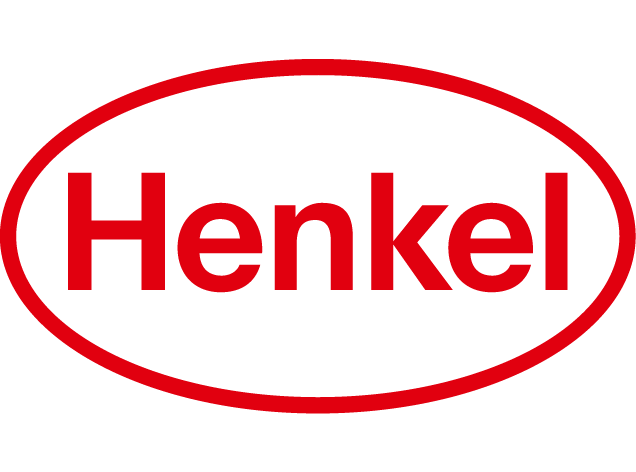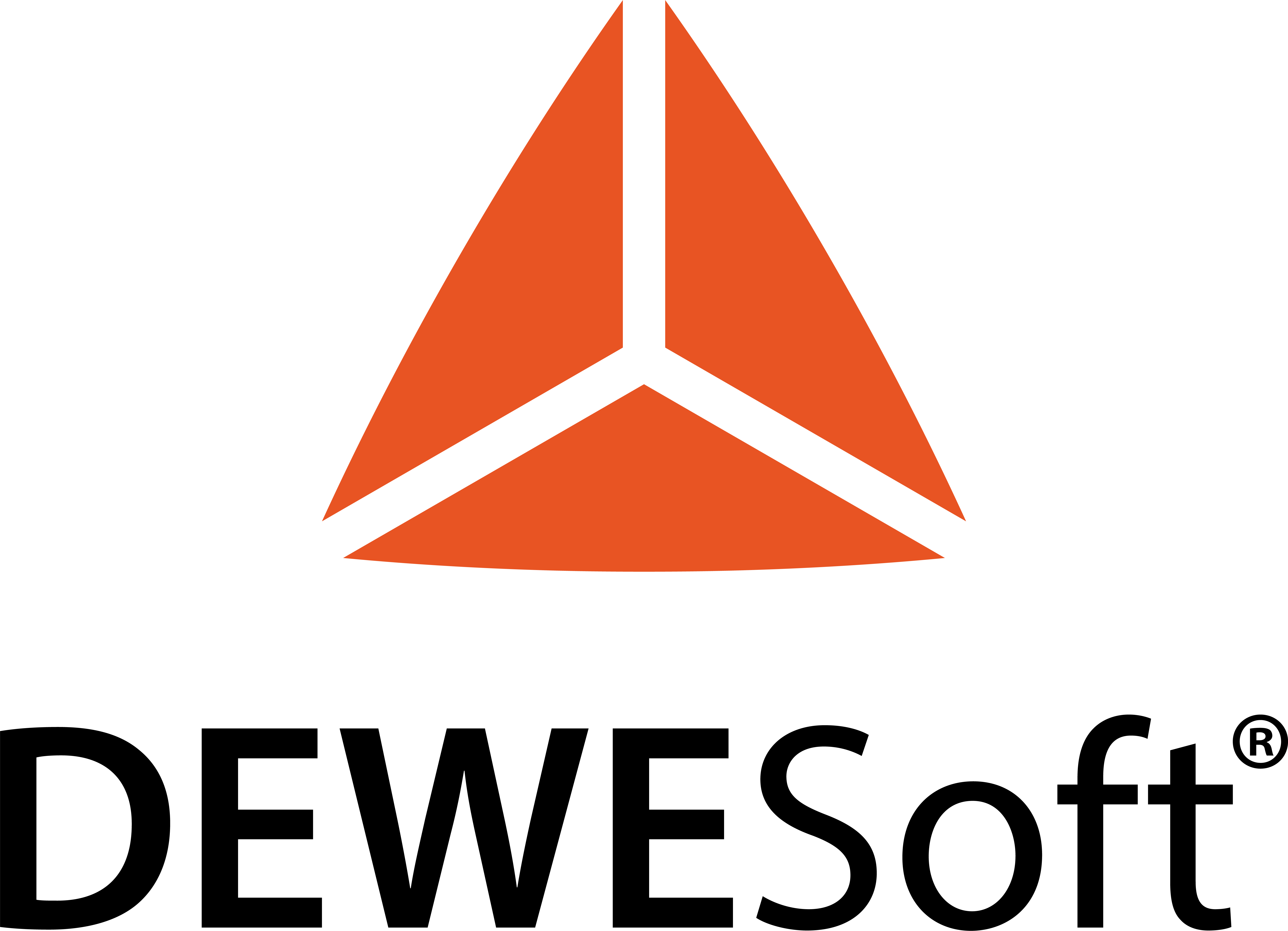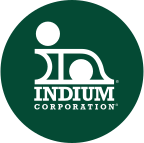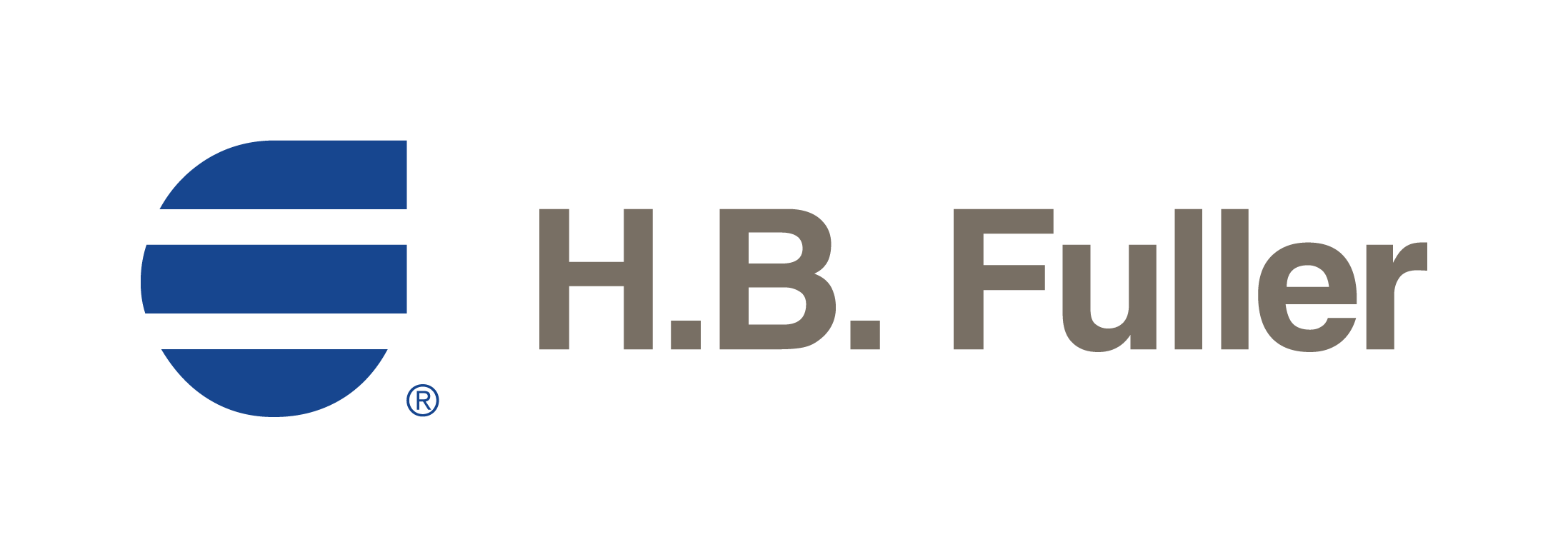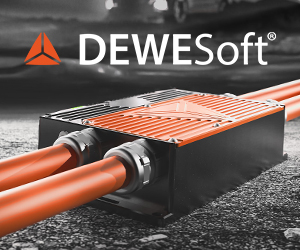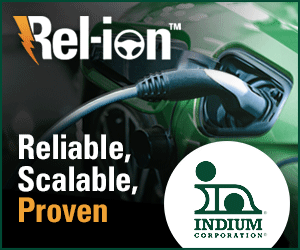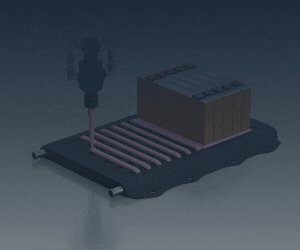Open-source e-mobility
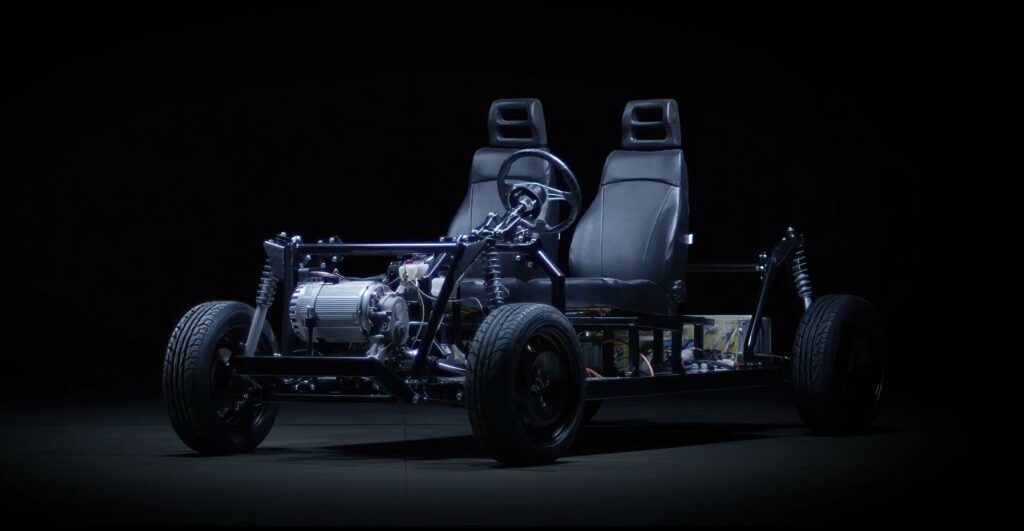
(Image courtesy of Open Motors)
For more than a century, automotive OEMs and their suppliers have taken a proprietary attitude to their technologies. This approach, while effective, created a fragmented ecosystem and, arguably, stifled innovation. But as electrified vehicles and their complex software-defined systems become mainstream, a more collaborative and potentially revolutionary model is emerging. Encompassing hardware as well as software, the open-source movement could transform how EVs are designed, built and serviced, writes Peter Donaldson.
Open-source software (OSS) is already here, with some estimates suggesting it makes up a significant portion of the code in today’s cars. Transparency is OSS’ greatest strength. A large, global community of developers can scrutinise the code, finding and fixing bugs, including security vulnerabilities and safety defects, far more quickly than any single company. This ‘many eyes’ approach, which creates a more robust and secure foundation, frees engineers from reinventing basic systems and allows them more time for innovation, differentiation and adding value.
Furthermore, open-source projects can become de facto industry standards. By collaborating on a shared framework, such as the OSS for EV charging for example, different manufacturers can ensure their components are interoperable, reducing fragmentation and providing a more seamless user experience.
Open-source hardware (OSH), where the design files for physical components are made public, has the potential to democratise vehicle design and empower a new generation of creators.
For independent vehicle servicing and repair shops, OSH is potentially a game-changer, providing unfettered access to schematics, repair manuals and diagnostic tools, and eliminating reliance on costly, proprietary equipment from manufacturers. Such transparency supports the right to repair, enabling independent technicians and even skilled owners to diagnose and fix vehicles that would otherwise be tied to dealers. It can also lead to more affordable parts because third parties can manufacture and sell components based on the open designs.
For owners, OSH offers the freedom to customise and upgrade their vehicles. With OSH, it’s possible for a small business or even an individual to design and build key components.
Despite its promise, the open-source model comes with its own set of difficulties, particularly where safety and liability are concerned. In a proprietary system, the manufacturer takes full legal responsibility for the vehicle’s safety. However, with OSH, a person who modifies or builds a component from a public design assumes liability. If a self-built battery management system fails and causes a fire, the legal responsibility falls on the individual, not the original designer of the open-source component.
Quality control and formal certification represent additional hurdles. While the community can improve code, it lacks the rigorous, auditable development process required by automotive safety standards such as ISO 26262.
However, the industry is not static. OEMs are establishing open-source program offices to manage legal compliance and actively contribute to projects that are being developed with safety in mind. Using a hybrid model – with open source used for non-differentiating foundational systems, and proprietary designs for competitive features – the industry can benefit from open sourcing while maintaining control over safety-critical elements.
This ‘maker revolution’ is already shaping the future of transport, with open-source efforts already encompassing battery management systems such as foxBMS from the Fraunofer IISB and the Open BMS Project, together with charging through the EVerest charging framework under development by Pionix and the Linux Foundation’s LF Energy collaboration. The Open Vehicle Monitoring System and Ford’s OpenXC platform address telemetry, data access and some control functions, while Autoware is an OSS stack for autonomous driving based on the Robot Operating System. There are even vehicle platforms such as Tabby from Open Motors, which provide the basic chassis, powertrain and control systems.
The challenge for engineers is to navigate this new landscape, harnessing the collaborative power of open source to build the next generation of safe, reliable and accessible EVs.
Click here to read the latest issue of E-Mobility Engineering.
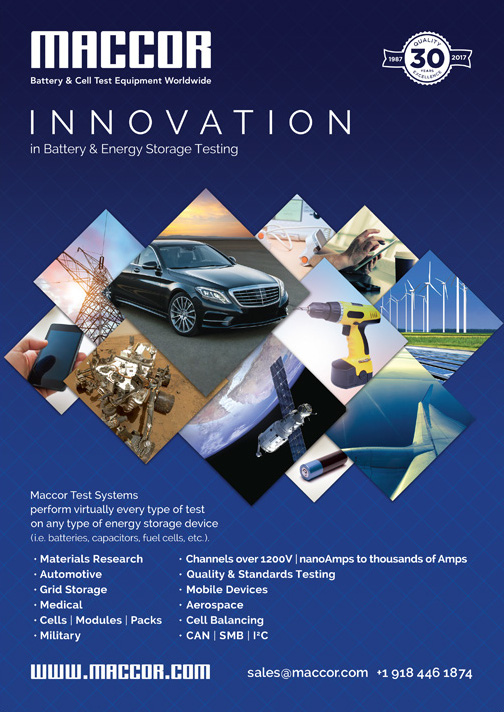
ONLINE PARTNERS
